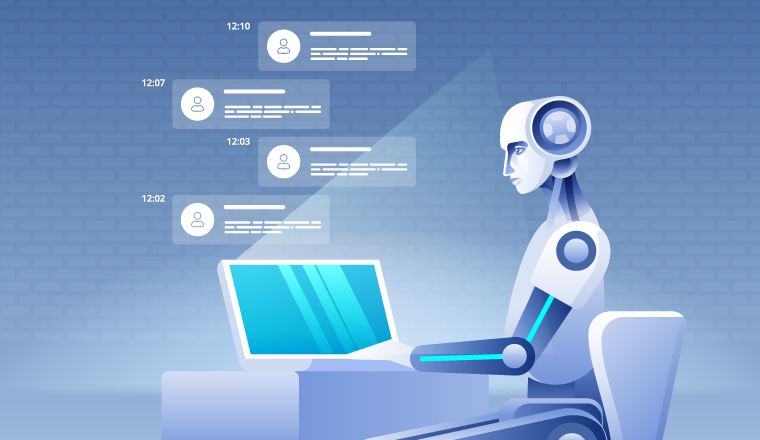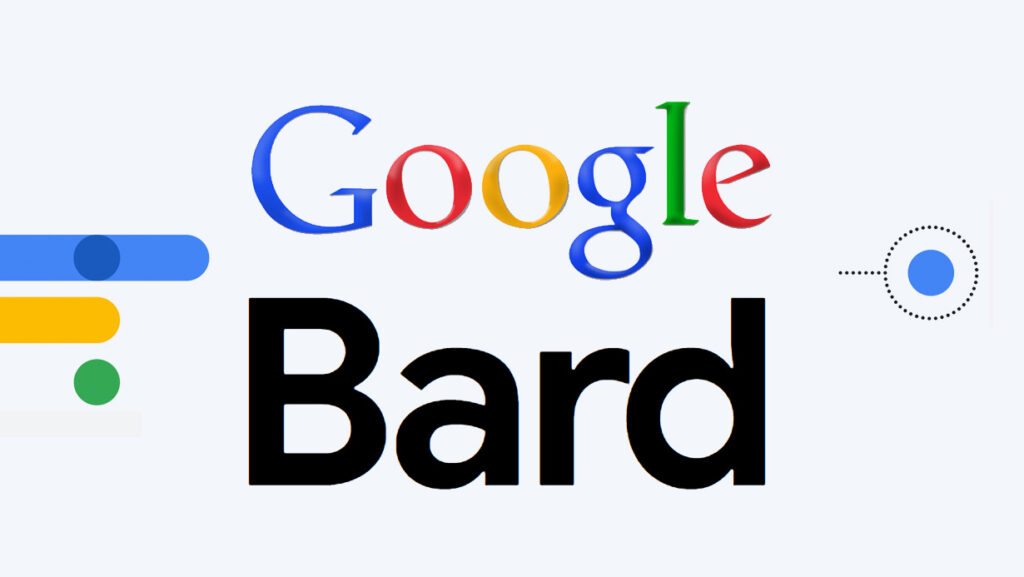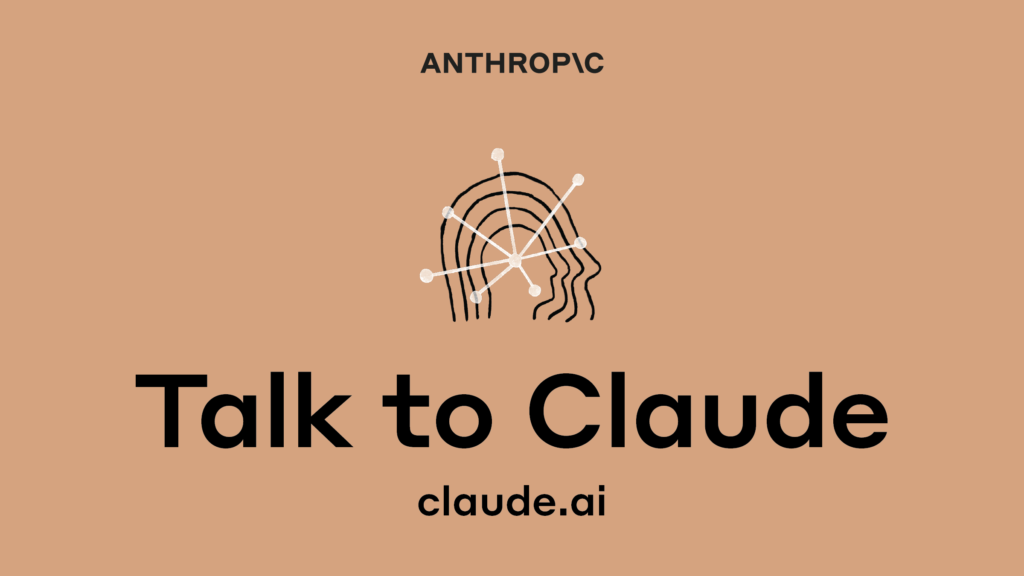Chatbots have become ubiquitous in conversational AI, playing integral roles across a spectrum of industries. However, not all chatbots are created equal. Some stand out in their generative capabilities, transforming text into intelligent responses that sometimes blur the lines between human and AI interaction.
This post is a comprehensive review of five top-of-the-line generative AI chatbots that are changing how we perceive, design, and use language models in the digital world. Each section thoroughly examines these chatbots’ features, potential use cases, and advantages.
Table of Contents
Introduction to Generative AI Chatbots

Generative AI is the next evolutionary step in artificial intelligence. Unlike rule-based systems, which follow a set of predetermined instructions, generative AI can create new content and adapt it based on the context of the conversation.
This innovation has led to the creation of chatbots that can hold more natural and complex discussions, showing advancements in understanding and formulating human-like language.
Generative AI chatbots are booming with potential customer service, education, and entertainment applications. Their versatility and ability to improve with more data and training sets have made them invaluable for simulating human-like interactions in a digital domain.
Chatbot 1: ChatGPT

OpenAI’s ChatGPT is a marvel in the realm of NLP. Built on the GPT-3 framework, it is one of the most powerful language models currently available. ChatGPT is famous for its ability to generate coherent and contextually relevant responses to various prompts.
ChatGPT uses a robust deep-learning architecture to understand text and generate human-like responses. It powers a wide variety of applications, such as content creation, text summarization, and, of course, chatbots.
ChatGPT’s use cases are vast. It can serve as a virtual assistant that schedules meetings, an educational tool that explains complex concepts, and a writing companion that offers detailed feedback. The benefits include accuracy in language understanding and the ability to learn and adapt, making it one of the most versatile chatbots available.
Chatbot 2: Google Bard

Google Bard is another generative chatbot that has made headlines. Developed by Google Research, Bard is capable of composing poems and engaging in rich, lyrical conversations.
Bard leverages state-of-the-art generative models heavily trained on poetry and storytelling, allowing it to craft intricate, human-level verses. Unlike ChatGPT, which has a broader usage, Bard specializes in content creation and emotional engagement through language.
The primary use case for Bard revolves around arts, culture, and content creation. It can be an inspiring tool for writers looking to break a creative block or educators teaching language arts. The benefits include an unprecedented ability to build emotional connections through poetic language, pushing the boundary of what AI can contribute to the arts.
Chatbot 3: Microsoft Copilot
Microsoft Copilot is paving the way for generative AI in coding. This chatbot, developed in partnership with OpenAI, offers real-time assistance to developers by providing code completions and contextually insightful suggestions.
Copilot is not a standalone chatbot; it’s an AI pair programmer that integrates directly into the code editor, improving developers’ productivity. Using a language model similar to GPT-3, Copilot understands the code context and helps with intelligent suggestions.
The obvious use case for Copilot is software development, particularly in aiding with complex algorithms and reducing human error. The profound benefit is accelerating the coding process, enabling the creation of cleaner, more efficient code through AI-driven assistance.
Chatbot 4: Llama 2

Llama 2 is a lesser-known gem developed by a team of AI enthusiasts passionate about conversational AI. It’s gaining traction for its unique approach to creating more context-aware conversations.
Llama 2 stands out because it focuses on context, ensuring more personalised interactions. It leverages deep learning and natural language understanding to achieve this, promising richer and more relevant dialogue.
While Llama 2 is versatile, its strength lies in customer service and personal assistants. Its personalized approach can significantly enhance user experiences, increasing satisfaction and better engagement. The key benefit is the potential to develop more closely-knit relationships between users and the AI, which can be invaluable for customer retention and loyalty.
Chatbot 5: Claude

Last is Claude, a generative chatbot developed by a top-tier AI research lab. Claude is recognized for their cognitive behaviour and the ability to formulate conversations with an underlying logic, making it feel more like discussing with a knowledgeable entity.
Claude is a character chatbot crafted with an emphasis on narrative coherence. Its design allows it to hold conversations that respond intelligently and follow a consistent character or persona, which is a departure from the more general-purpose chatbots.
The niche for Claude is interactive storytelling and narrative design. It can be a fantastic tool for game developers to create more immersive storylines and for educators to simulate historical figures or literary characters for classroom engagement. The advantage of Claude is its unique ability to provide coherent and character-driven conversations, a feature that opens up new avenues for digital storytelling.
Conclusion
The rise of generative AI chatbots is shaping the future of interaction, creativity, and efficiency. Each AI chatbot listed above is at the forefront of this evolution, showcasing unique strengths and promising to revolutionize specific niches within the AI landscape. They are impressive technical achievements and practical tools with the potential to redefine human-digital relationships in their respective domains.
Developers, businesses, and enthusiasts should note these generative AI chatbots as they represent the top tier of what is currently possible with AI technology. While they are impressive today, their impact will be felt as they continue learning from real-world interactions and improving over time.
We’re just scratching the surface of what generative AI chatbots can accomplish. It’s an exciting time to be on the cutting edge of technology, and by keeping an eye on these innovative AI chatbots, you’re positioning yourself at the forefront of the AI revolution.
Ready to explore the world of conversational AI further? Keep a close watch on these five chatbots, and stay on the lookout for what the future holds. Undoubtedly, they represent the starting point of a new era in AI interaction that promises to be as intriguing as it is beneficial.
Frequently Asked Questions (FAQs)
What distinguishes these chatbots from one another?
Each chatbot mentioned has a unique speciality. Bard focuses on poetic language, Copilot assists with coding, Llama 2 excels in context-aware communication, and Claude offers narrative-driven dialogue. This makes each suitable for different applications and audience needs.
Can these chatbots replace human jobs?
While they can automate and facilitate specific tasks, these chatbots are not intended to replace humans but rather to augment and enhance human capabilities by allowing for increased productivity and creativity.
Are these chatbots available to the general public?
Some chatbots, like Microsoft Copilot, have specific access parameters based on professional applications, while others may be more accessible for general use. The availability can change, so checking official sources for the most current information is advised.
How can businesses integrate these chatbots into their workflows?
Businesses can integrate these chatbots through APIs or direct partnerships with the companies that have developed them. It involves understanding the chatbot capabilities and aligning them with business needs.
What are the privacy considerations when using these chatbots?
When engaging with any AI technology, privacy concerns mainly revolve around the data provided to the chatbots. Ensure you understand the data privacy policies of each chatbot platform to safeguard sensitive information.
How do these chatbots learn and improve over time?
These chatbots typically learn through machine learning algorithms that process large amounts of data, user interactions, and continuous feedback to become more accurate and relevant in their responses.
Can these chatbots understand and respond in different languages?
The language capabilities depend on the specific chatbot and the language models they have been trained on. Some may support multiple languages, while others might be limited to English or other languages.
To learn more about these generative AI chatbots, visit their official websites or contact their development teams for detailed information and potential collaborations.


